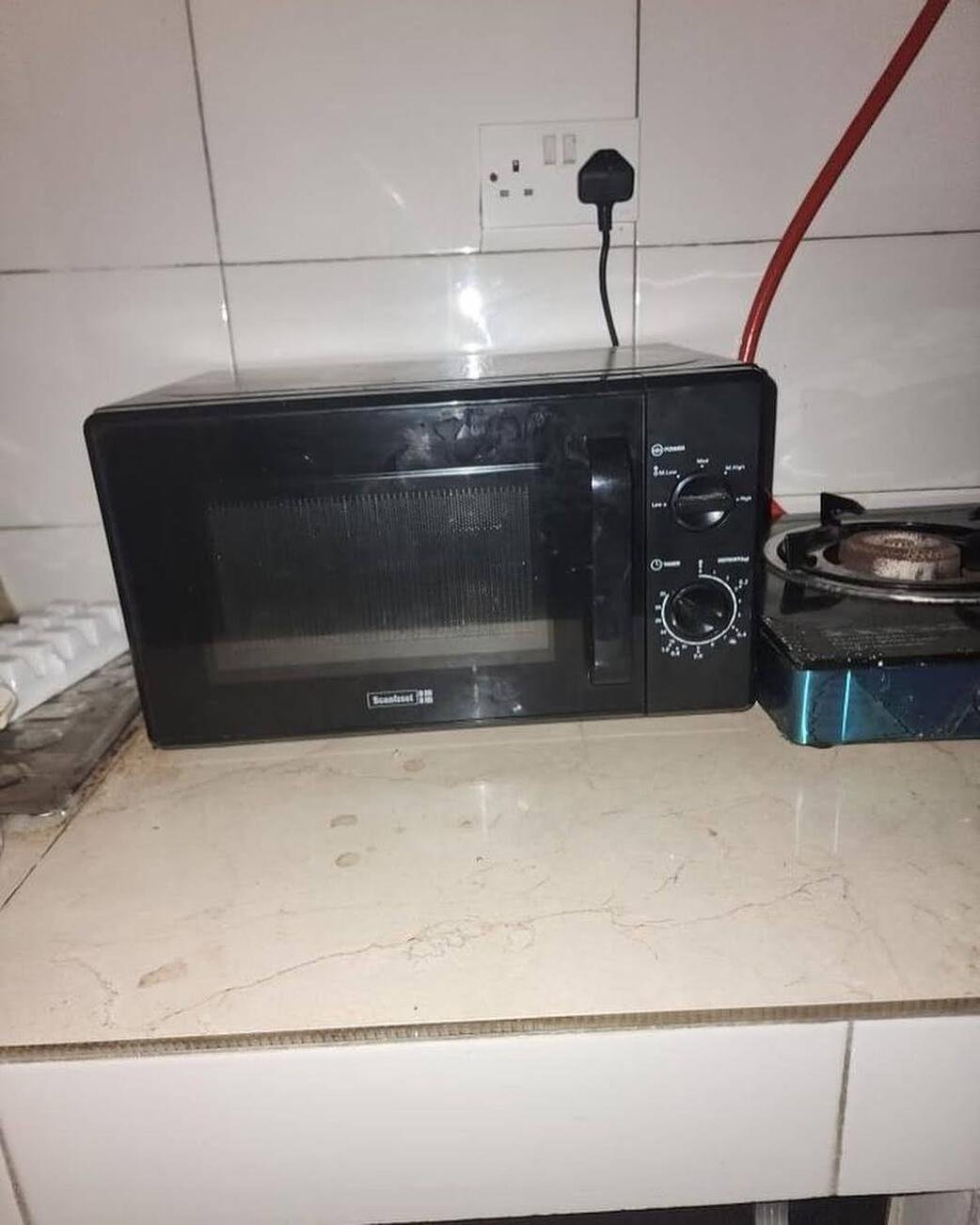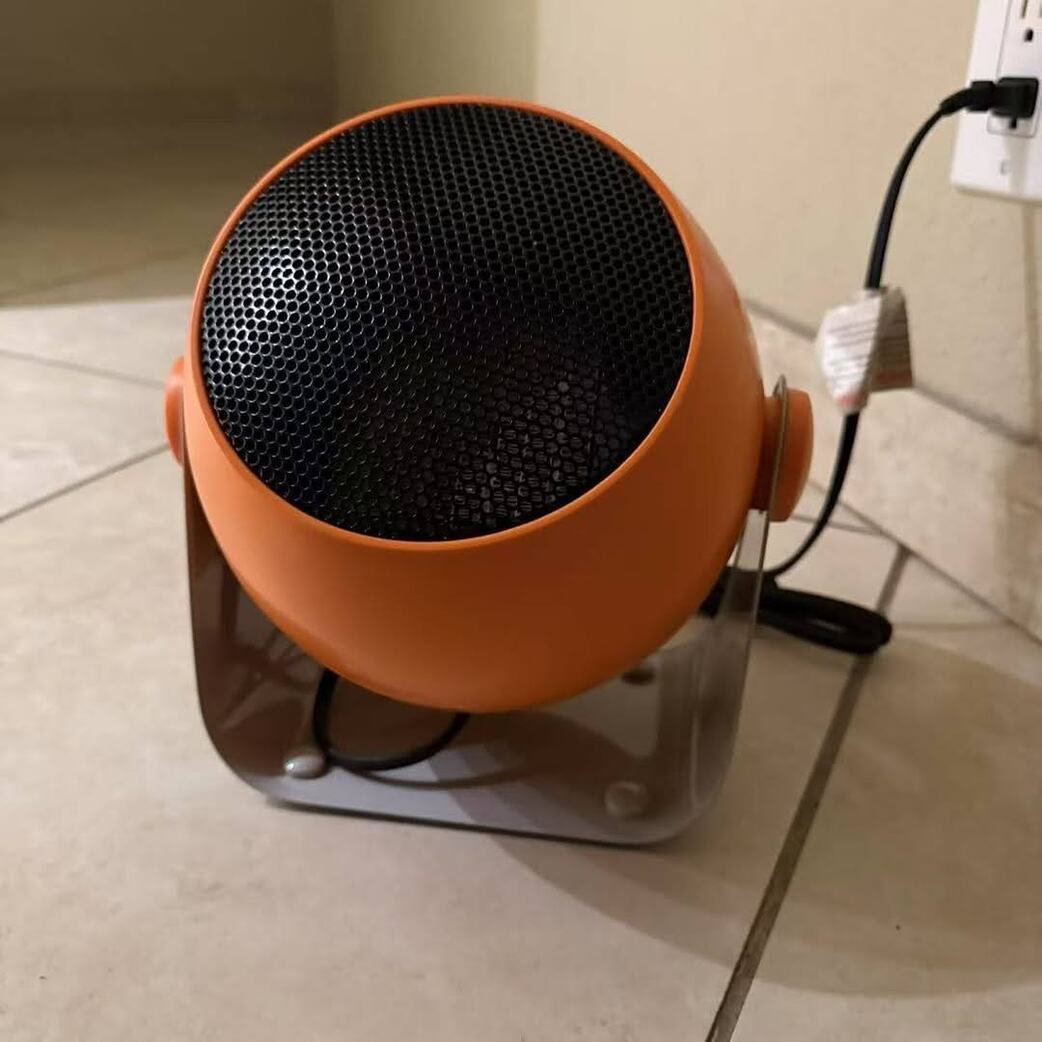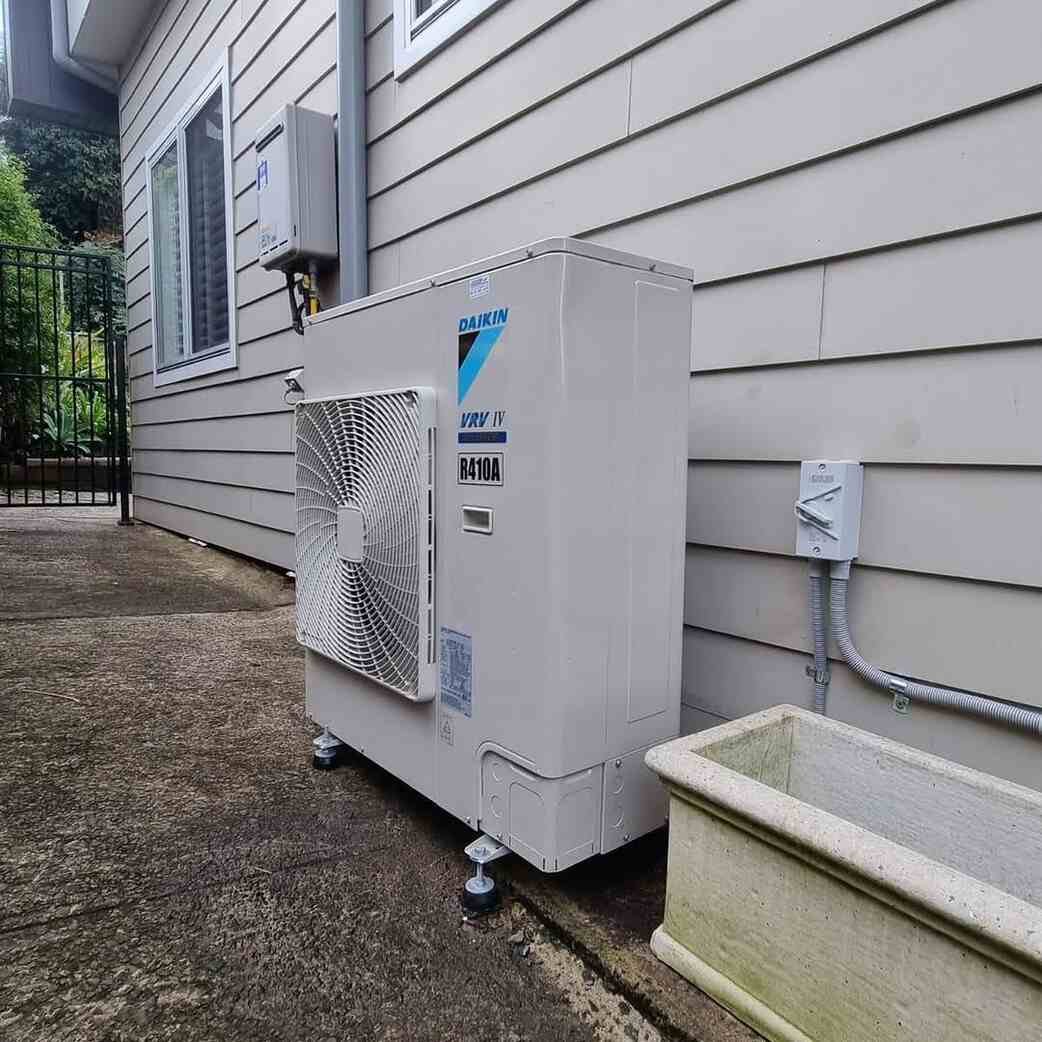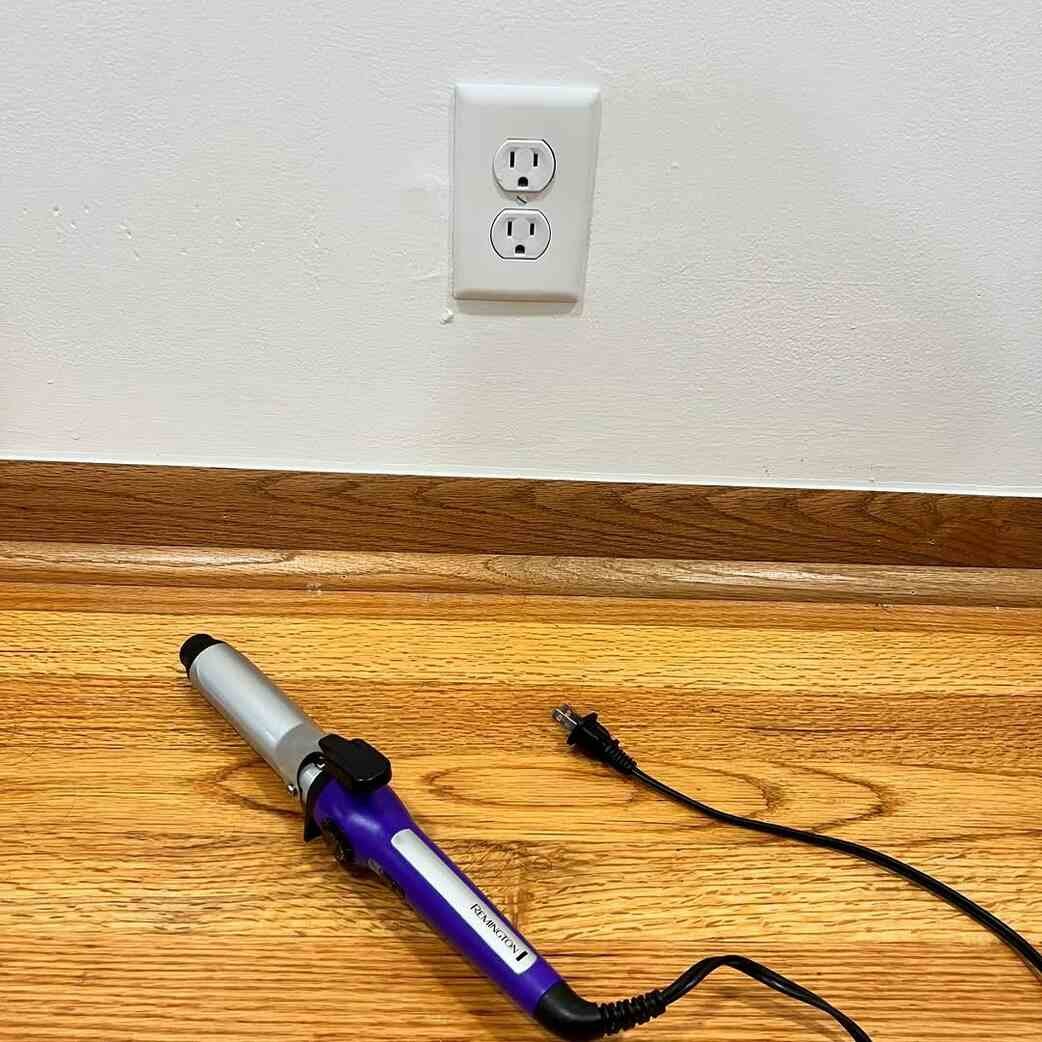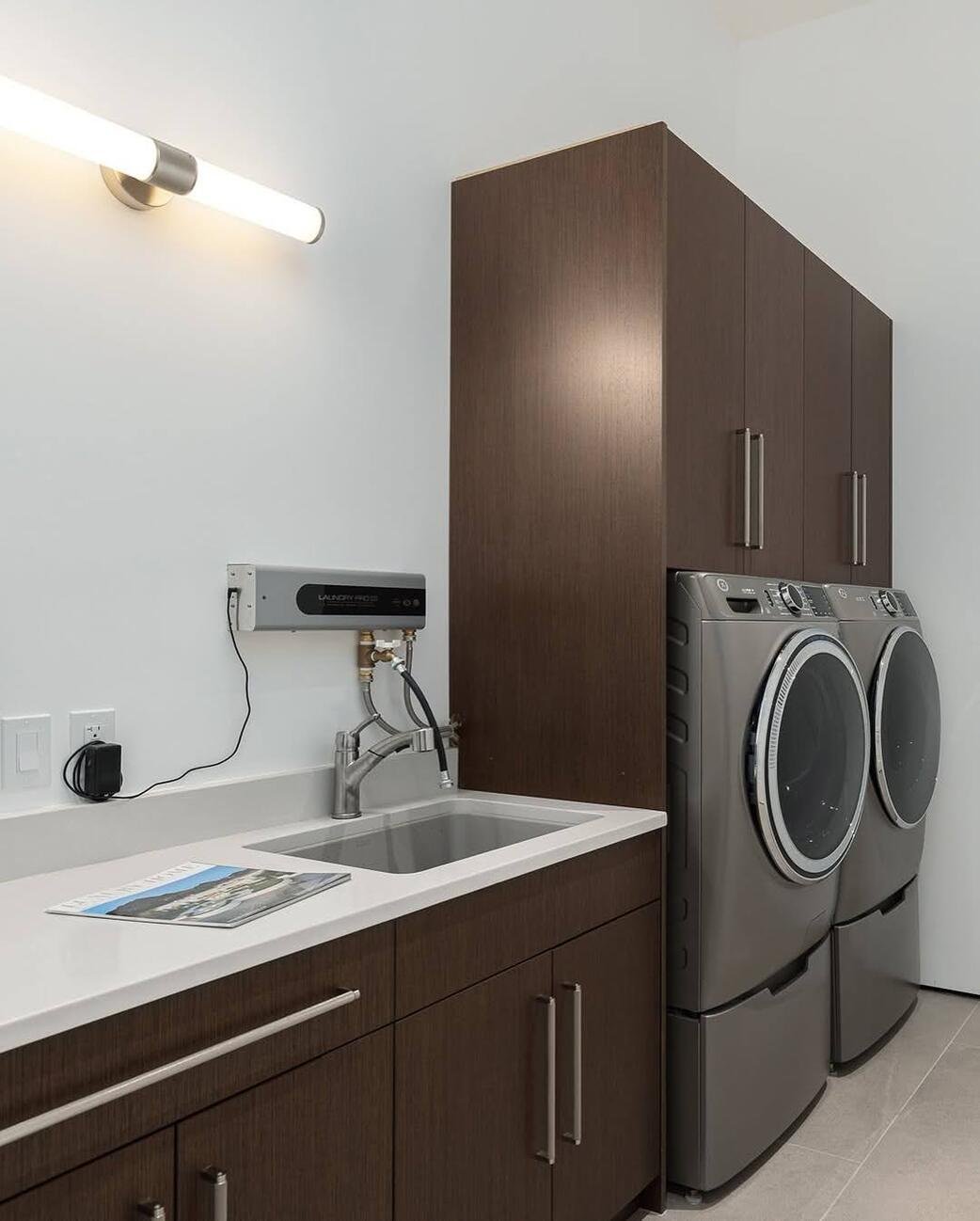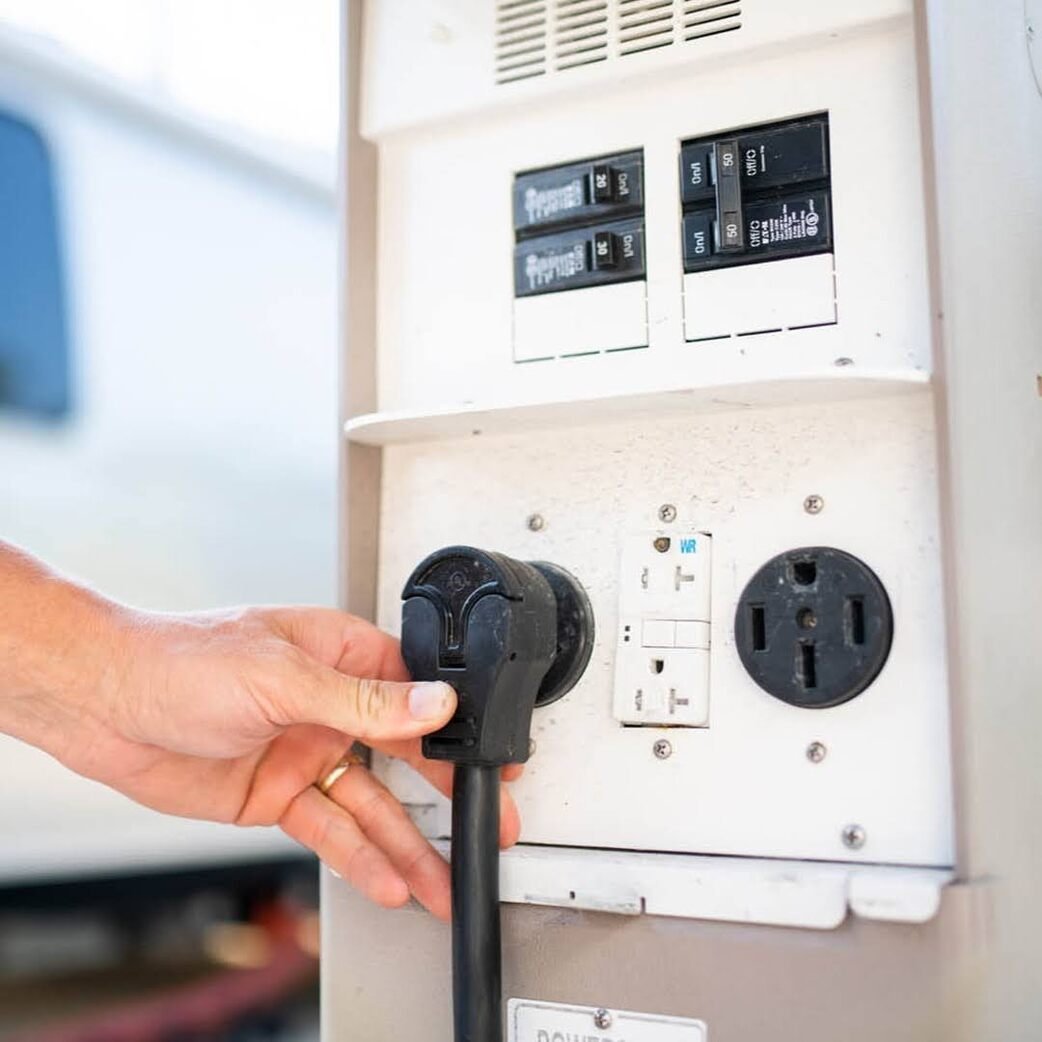In this blog I will tell you about what device should never plug into a power strip.
We’ve all done it—grabbing a power strip to plug in “just one more” device. But did you know that overloading a power strip can lead to overheating, electrical failures, and even house fires? While power strips are convenient, they aren’t designed to handle high-powered appliances or energy-hungry devices.
Before you plug in that space heater or microwave, take a step back. Some gadgets demand more power than a strip can safely provide, turning your home into a potential fire hazard.
Let’s dive into 9 things you should NEVER plug into a power strip—because safety always comes first.
1. Refrigerators and Freezers
Refrigerators and freezers require a constant, high-power supply that power strips aren’t designed to handle. Their frequent cycling creates energy surges, which can overload a strip, leading to overheating or electrical failure.
If a power strip malfunctions, your fridge could lose power without warning, resulting in spoiled food and costly waste. Worse, an overloaded strip increases the risk of electrical fires, endangering your home.
To stay safe, always plug these appliances directly into a grounded wall outlet. If an outlet isn’t accessible, you can install additional outlets because it is a safer long-term solution.
2. Microwaves
Microwaves require high wattage, often exceeding what a power strip can handle, leading to overheating or tripped circuits. Their sudden power surges can weaken a strip over time, increasing the risk of short circuits or even fires.
If a power strip fails mid-use, the microwave could shut off unexpectedly, potentially damaging the appliance. Since power strips aren’t built for heavy-duty appliances, they can’t safely support the microwave’s energy demands.
To avoid these risks, you need to always plug your microwave directly into a wall outlet. If outlets are limited, installing additional ones is a safer long-term solution.
3. Space Heaters
Space heaters draw high power, often exceeding what a power strip can handle, leading to overheating and potential melting of internal components. Since power strips aren’t built for high-wattage appliances, this creates a serious fire hazard.
These heaters convert electricity into heat, making overloaded strips more likely to spark or fail unexpectedly. Even surge protectors can’t safely support their extreme energy demands, further increasing fire risks.
For your safety, always plug a space heater directly into a wall outlet. You need to avoid power strips, extension cords, or multi-plug adapters to prevent overheating and electrical hazards.
4. Air Conditioners
Air conditioners draw high wattage, exceeding what a power strip can safely handle. This can lead to overheating, potential failure, and increased fire risks, especially during power surges when the unit cycles on and off.
Power strips can also cause voltage drops, reducing the efficiency of the air conditioner and shortening its lifespan. Overloaded strips may overheat, sparking a fire hazard.
To ensure your safety, always plug your air conditioner directly into a dedicated wall outlet. If needed, consult an electrician for additional outlets rather than using a power strip.
5. Hair Dryers and Curling Irons
Hair dryers and curling irons require high electrical power to produce heat, which can easily overwhelm a power strip, causing it to overheat or malfunction.
The frequent on-and-off cycles of these devices put extra strain on the strip, increasing the risk of electrical shorts or fires due to overheating.
For your safety, always plug hair dryers and curling irons directly into a wall outlet. If You need, install additional outlets to ensure safe use without overloading a power strip.
6. Coffee Makers and Toasters
Coffee makers and toasters require a large amount of energy, especially when their heating elements are in use. You can plug them into a power strip and can easily overload the circuit, causing overheating or malfunction.
The high power demand from these appliances puts excessive strain on a power strip, increasing the risk of power surges, electrical shorts, and fire hazards.
For your safety, always plug coffee makers and toasters directly into a wall outlet. If additional outlets are needed, consider installing more rather than relying on a power strip.
7. Washing Machines and Dryers
Washing machines and dryers require a lot of power, especially during heating or drying cycles, which a power strip can’t handle. Overloading a strip may lead to overheating or electrical failure.
These appliances also need a grounded, dedicated circuit for safe operation. A power strip can cause power fluctuations that risk damaging both the appliance and your electrical system.
Always plug your washing machines and dryers into a grounded wall outlet. If necessary, have an electrician install dedicated circuits to ensure safe and efficient operation.
8. Portable Air Compressors and Power Tools
Portable air compressors and power tools require a large amount of electricity and can cause sudden power surges. A power strip isn’t designed to handle these surges, which can overheat the strip and damage both the tool and the strip itself.
The voltage spikes from these tools can also harm their internal components, leading to poor performance or failure over time.
To protect your tools and power strip, always plug air compressors and power tools directly into a wall outlet. If needed, install additional outlets in your workspace for safe operation.
9. TVs and Home Entertainment Systems
TVs and home entertainment systems are sensitive to power fluctuations, which can damage their delicate internal components. Although they don’t require excessive power, surges or drops in voltage can cause costly repairs or complete failure of the device.
Power strips aren’t designed to handle these fluctuations, making them unsafe for sensitive electronics.
For better protection, you need to use a surge protector instead of a regular power strip. Surge protectors absorb power surges and prevent damage to your devices, ensuring their longevity and safety.
Conclusion
Power strips are not suitable for high-power appliances like refrigerators, microwaves, or space heaters, as they can overload and pose fire risks. Devices such as hair dryers and power tools can also damage both the strip and the appliances due to their high energy demand.
For electronics like TVs and home entertainment systems, a surge protector is essential to safeguard you against power fluctuations that can harm sensitive components.
To protect your home and devices, always use the proper power source. Whether it’s a dedicated wall outlet or surge protector, ensuring the right setup keeps your appliances safe and efficient.


